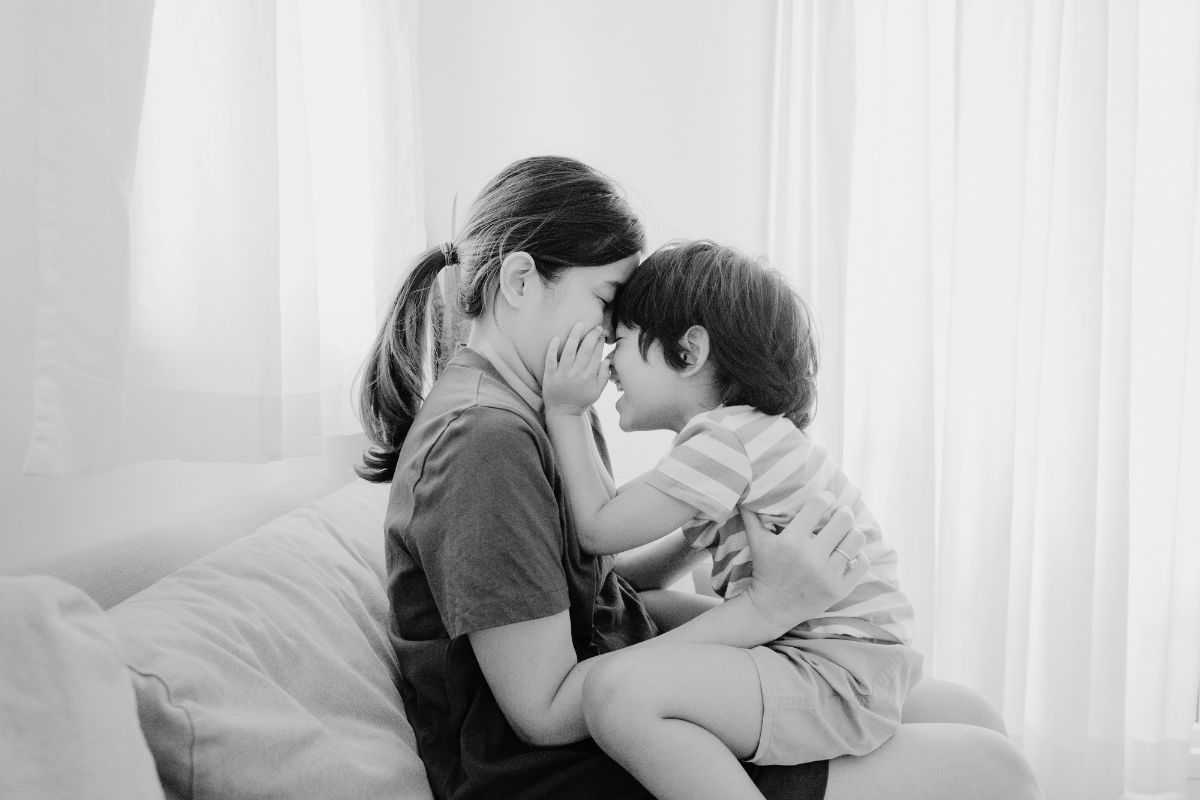Parenting payments in Australia are provided as financial assistance from the Australian government to eligible parents or guardians with low incomes, intended to support families by helping alleviate some of the financial strain associated with raising children. Administered by the Department of Social Services, parenting payments form part of Australia’s social security system and are administered under its administration by this article will examine its different forms, eligibility criteria, payment rates and other essential components.
Types of Parenting Payments
Australia recognises two different forms of parental payments, Parenting Payment Single and Partnered Parenting Payment.
Parenting Payment Single is a means-tested income support payment designed to assist single parents or guardians who are the principal carers for at least one child under eight. This payment aims to ease some of the costs of raising children while acknowledging any additional challenges that come with being the sole provider for your family.
Parenting Payment Partnered This income support payment is made available to eligible partnered parents or guardians caring for at least one child under six who meet certain eligibility requirements and acknowledges the additional financial demands faced by couples with young children, providing much-needed financial support during this critical stage of development for young ones.
Parenting Payments Eligibility Criteria
To become eligible for parenting payments in Australia, applicants must meet specific eligibility criteria set by the Department of Social Services. These requirements aim to ensure that payments go only to those who truly require financial support.
Parenting Payments Residency Requirements
To be eligible to apply, applicants must meet specific residency criteria such as holding an appropriate visa or being an Australian citizen.
Income and Assets Test
Both Single Parenting Payment and Partnered Parenting Payment applications must pass an income and assets test in order to assess an applicant’s income and assets in order to ascertain their level of financial need and determine the amount they qualify for in payments.
Child Care Responsibilities
To qualify for Parenting Payment Single or Partnered payments, applicants must be the primary carer of at least one child under eight (for Parenting Payment Single) or six (for Parenting Payment Partnered). This requirement ensures that payments go towards those responsible for providing care to young children.
Participation Requirements
Certain participation requirements may apply, including engaging in activities to assist with transition to employment or study. These requirements aim to develop skills and increase job prospects – with an eye toward increasing self-sufficiency while decreasing long-term dependency on government assistance.
Parenting Payment Rates
In Australia, parenting payments are determined by various factors including type of payment, recipient income/assets and number of dependent children.
Maximum Basic Rate
As of March 2023, the maximum basic rate for Parenting Payment Single stands at $850.24 per fortnight while for Partnered payment it stands at $505.70 per fortnight per eligible member of a couple.
Supplements and Additional Payments
In addition to their basic rate, recipients may qualify for various supplements and additional payments, including Energy Supplement, Rent Assistance and Family Tax Benefit payments. These payments may help with specific expenses or circumstances such as housing costs or costs associated with raising children.
Income Test
Parenting payments may be subject to an income test; as an individual’s income rises, their payment rates may decrease or even cease altogether in order to ensure they reach those with greatest financial need.
Parenting Payments Application Procedure
To successfully secure parenting payments in Australia, individuals can follow these steps.
Apply Online
Parents seeking parenting payments can now access this application process online via the Department of Human Services website or myGov portal, providing a quick and efficient means of applying.
Paper Application
As an alternative, applicants can request a paper application form from either the Department of Human Services or Centrelink offices and submit it via mail or in person.
Supportive Documents
To apply, applicants will be required to provide supporting documents that prove their identity, income and asset details and prove that they provide care for children in the community.
Once an application has been submitted, it will be evaluated by the Department of Human Services and applicants will be informed as to its outcome; if approved, information will be provided on payment amounts as well as additional steps that must be taken.
Ongoing Obligations
Parents in Australia receiving parenting payments have ongoing obligations to make sure they continue receiving the correct amount and meet all program requirements.
Reporting Income and Changes in Circumstances
Recipients must inform the Department of Human Services immediately about any changes in their income, assets, living arrangements or living arrangements that could cause overpayments or underpayments that require penalties or repayment obligations.
Participation Requirements
Beneficiaries may be required to undertake certain activities as part of their ongoing obligations, including job search efforts, training programs or educational courses designed to facilitate their transition into employment or further study. Such requirements aim at aiding recipients’ successful transition.
Review and Appeals Process
Should recipients disagree with a decision made by the Department of Human Services regarding their parenting payment, they have the option of seeking review through appropriate channels or appealing the decision in any way they see fit.
Services and Resources
To assist recipients of parenting payments and ensure they can access necessary support services, the Australian government offers various resources and support programs.
Employment Services
A range of employment services such as job search assistance and training programs are available to recipients to develop skills and find appropriate employment opportunities.
Financial Counseling and Budget Support
Services designed to aid recipients in managing their finances effectively while developing money management skills are offered as part of financial counseling and budget support services.
Childcare Assistance
There are various childcare assistance programs that enable recipients to secure affordable childcare services so they can pursue employment or study opportunities more easily.
Housing and Accommodation Support
Housing and accommodation support services offer assistance to recipients in finding suitable living arrangements.
Conclusion
Parenting payments in Australia play a pivotal role in providing financial relief for families living on low incomes and alleviating some of the costs associated with raising children. Through various supplements and additional support services, these payments serve as a safety net for eligible parents and guardians, encouraging long-term self-sufficiency and independence for both parties involved.
Australian government recognises the significance of parenting payments, while also emphasizing their importance in terms of encouraging recipients to acquire skills and explore employment opportunities. By striking a balance between financial assistance and self-sufficiency promotion, this parenting payment system seeks to foster an inclusive society for families with children.



